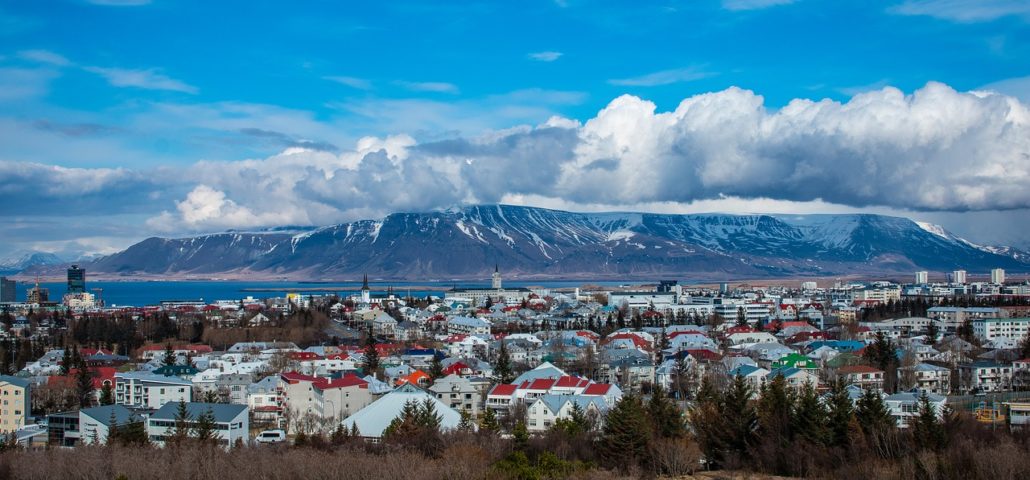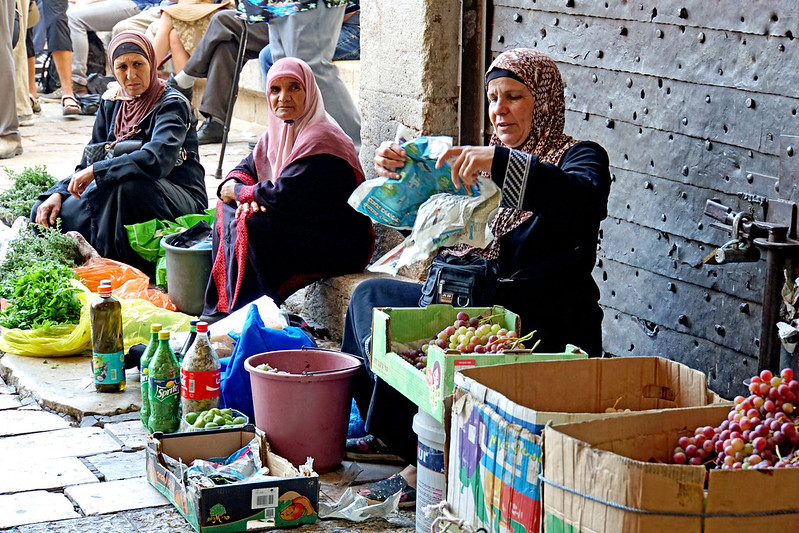 Homelessness in Israel has been a rising problem in the country. Much homelessness in Israel is a byproduct of ongoing poverty that many Israelis face. In 2017, the poverty rate rose from 19.4% to 20.4% in 2018. Unfortunately, children make up a significant proportion of impoverished people in Israel. With Israel having many people on the streets without a place to call home, homeless Israelis are dying. Many homeless people have been killed over the last decade in Israel as well.
Homelessness in Israel has been a rising problem in the country. Much homelessness in Israel is a byproduct of ongoing poverty that many Israelis face. In 2017, the poverty rate rose from 19.4% to 20.4% in 2018. Unfortunately, children make up a significant proportion of impoverished people in Israel. With Israel having many people on the streets without a place to call home, homeless Israelis are dying. Many homeless people have been killed over the last decade in Israel as well.
Lack of Assistance
One problem facing homelessness in Israel is the country’s failure to prioritize assistance for the homeless. Those who are homeless or struggling to meet their rental payments don’t receive enough benefits from the Social Affairs and Social Services Ministry to make ends meet. Specifically, Social Affairs and the Social Ministry only offer 1,632 shekels a month to these people who meet the requirements for aid. This equals $436 a month. Further, the maximum amount of money these services offer to victims of homelessness and poverty is 1,735 shekels a month. This equals $464 a month for a single person.
These living conditions make it challenging for poor Israelis to stay out of the streets. Moreover, this system helps less than half of homeless people in Israel. The other half don’t qualify because they can’t document that they are homeless. However, it is not easy for people on the street to support their claim easily. Even so, they still need any help they can receive to fight homelessness in Israel.
Fatality Rates Among the Homeless
Many people who find themselves on the street in Israel aren’t just financially hurt but are physically in danger, too. Many homeless people live in close proximity to others in the same situation. Additionally, many lack the funds to purchase treatment when they get sick, which is especially concerning during the pandemic.
As of 2018, 610 homeless people have died on the streets of Israel. Different diseases and viruses can be a major cause of death for those who die on the streets. Homeless people often suffer the same illnesses as others, but their death rate is three times higher. These circumstances can also make homeless people vulnerable to the novel coronavirus. Indeed, as of October 2020, Israel has 126,419 cases of COVID-19. So far, 100,357 people have recovered and 993 have died.
Tackling Homelessness in Israel
Homelessness in Israel may seem impossible to eradicate, but many organizations are working to do just that. For example, the Israel Homeless Association (IHA) and shelters for the homeless have become safe havens for homeless people. The Lasova nonprofit organization and the Health Ministry have also provided a “home” to those on the streets. These organizations give them access a safe place to sleep. Around 1,900 people who are victims of homelessness in Israel are receiving aid from the Health Ministry. The IHA targets areas that are most at risk and ignored by the Israeli government. Recently, the collapse of the country’s safety net has caused the IHA charity to put its money into assisting struggling families.
Three years in a row, the IHA has provided clothes for the homeless in Israel registered with the Homeless Offices of Beer Sheva and Eilat. Additionally, the IHA, with the help of other service organizations, helped relocate seven families to a higher quality of living conditions. One hundred thirty kids in the Negev region who are homeless have received over $7,500 worth of toys from the IHA.
The work of organizations like the IHA provides a glimmer of hope among the crisis of homelessness in Israel. During the pandemic, the fact that homelessness puts many people at risk of death and disease is especially significant. Organizations and the Israeli government must work together to tackle this issue.
– Dorian Ducre
Photo: Flickr
 In the mid-90s and early 2000s, Estonia, a country in Northern Europe, oversaw a
In the mid-90s and early 2000s, Estonia, a country in Northern Europe, oversaw a 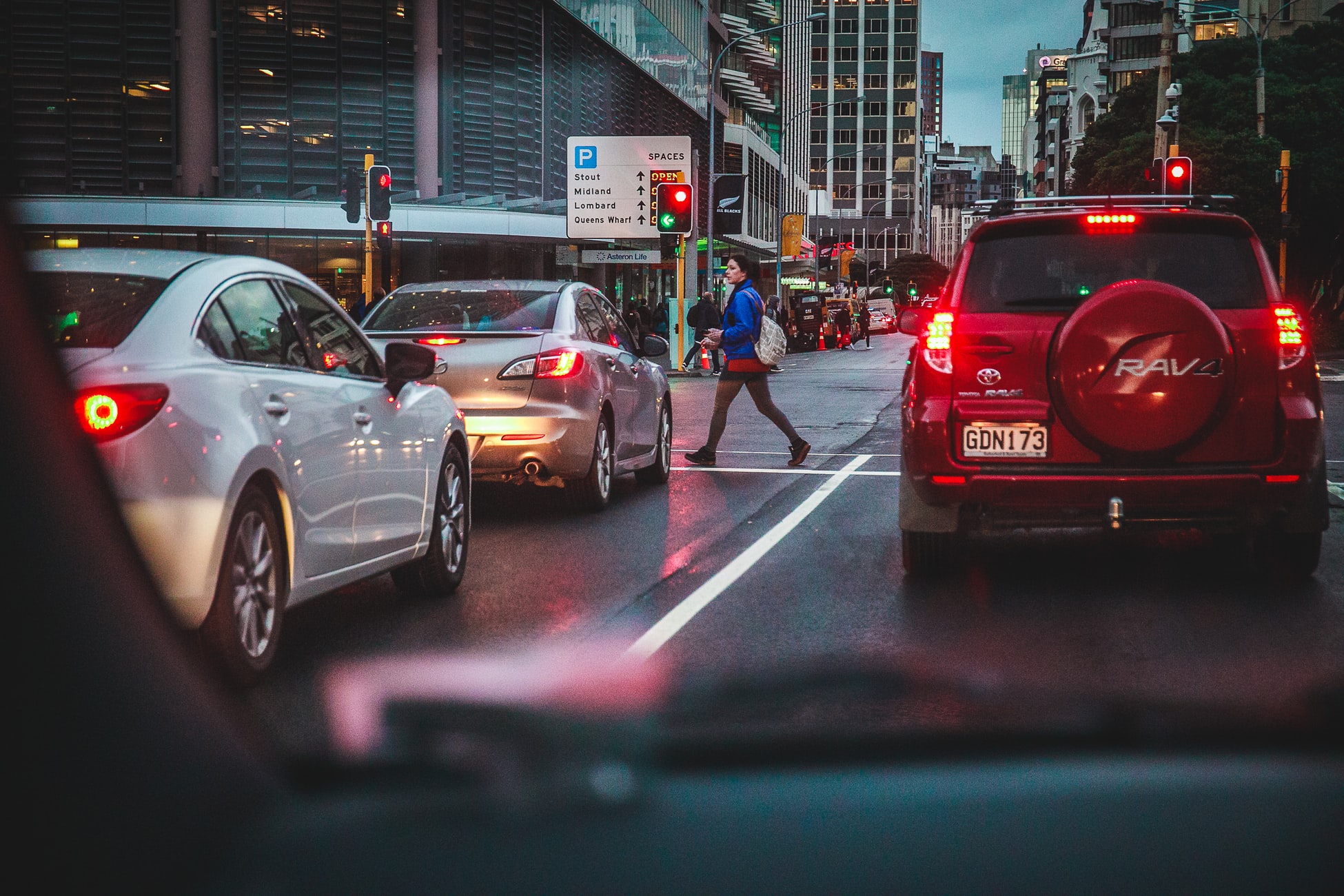
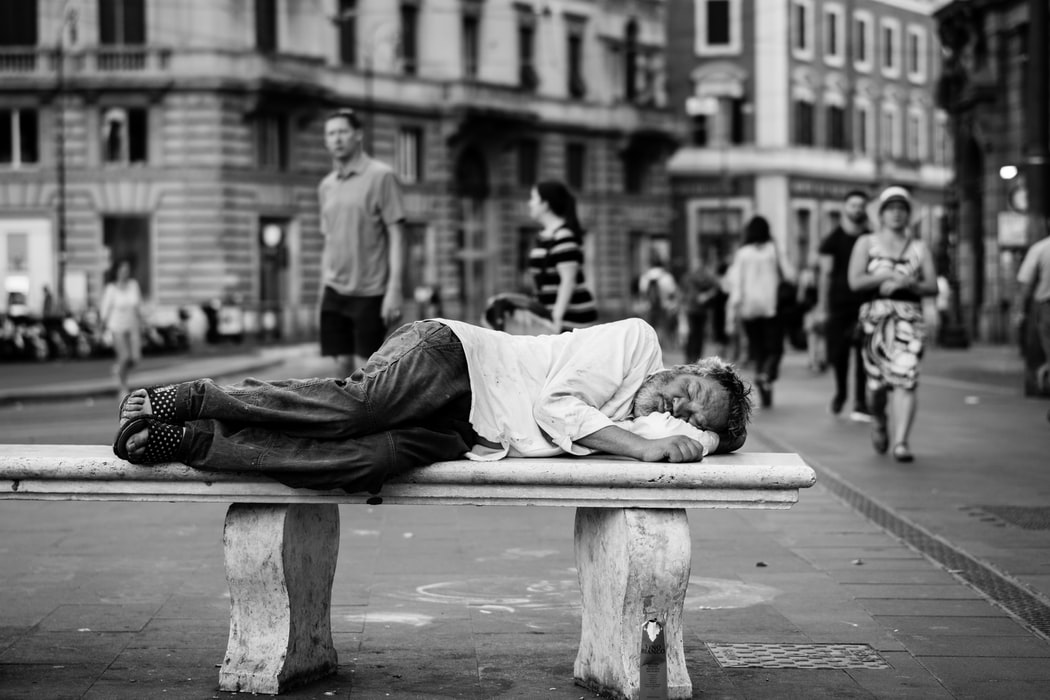 Many programs are working toward innovations in poverty eradication in Italy. These programs include an income program instated by the government, a fuel poverty program partnership between two companies and charities that provide assistance to the needy. Here are four facts about innovations in poverty eradication in Italy:
Many programs are working toward innovations in poverty eradication in Italy. These programs include an income program instated by the government, a fuel poverty program partnership between two companies and charities that provide assistance to the needy. Here are four facts about innovations in poverty eradication in Italy: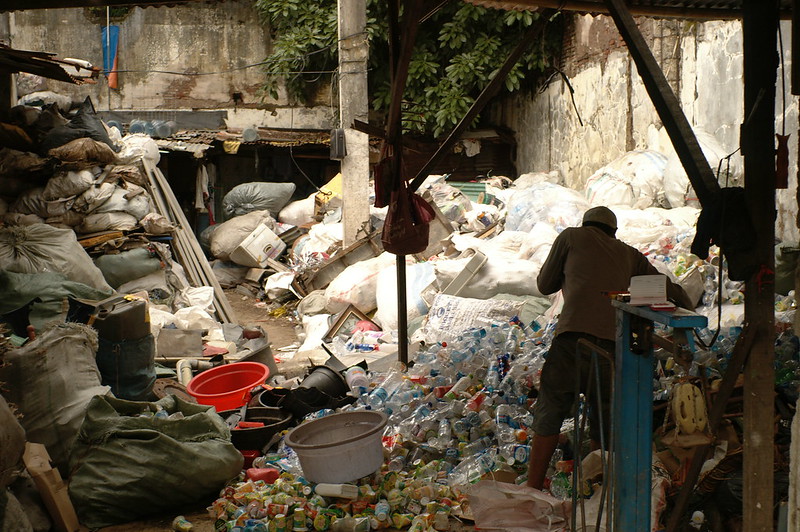 Overconsumption of plastic, especially by Americans, is a recurring problem for the environment.
Overconsumption of plastic, especially by Americans, is a recurring problem for the environment. 
 Amidst everything that is currently happening around the world, one of the biggest challenges that Papua New Guinea faces is the growth of youth which already represents
Amidst everything that is currently happening around the world, one of the biggest challenges that Papua New Guinea faces is the growth of youth which already represents 
